

Point degradations affect only the gray levels of the individual pixels, without introducing spatial blur. Spatial degradations involve blur. Still other types involve chromatic or temporal effects.

In the absence of noise,

 | 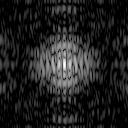 |
| original | power spectrum |
Blur this with a 15 x 15 gaussian  with b=0.8 (matrix normalized to size=2)
A spatial filtering operation was used. The filter source file is gausf.con.
with b=0.8 (matrix normalized to size=2)
A spatial filtering operation was used. The filter source file is gausf.con.
 | 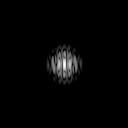 |
| blur image | power spectrum |
The blur spread function and its transfer function are shown below
 | 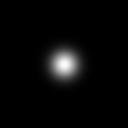 |
| h(x,y) | H(u,v) |
The results of applying a naive inverse filter are shown below:
 |  | 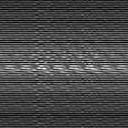 |
| original | blurred | restored? |
This obviously is not working. We suspect round-off error since the spatial filter file is rounded to four significant figures and the output blurred image is truncated to 0-255.
Suppose we clip the inverse filter, say to a maximum value of 100. The results are much better.
 |  |  |
| original | blurred | restored |
Suppose now that the blurred image also included uncorrelated additive gaussian noise:
 | 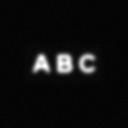 | 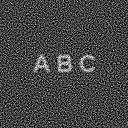 |
| original | blurred with noise | restored |
The Wiener filter (least-squares filtering) minimizes the mean square error (MSE) of the restored image,

The result is

which may also be written as
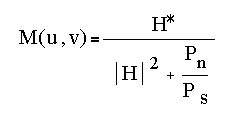
In the latter form the transfer function of the restoration filter can be expressed int terms of the signal-to-noise ratio (SNR) at each spatial frequency:

Maintained by John Loomis, last updated June 30, 1997